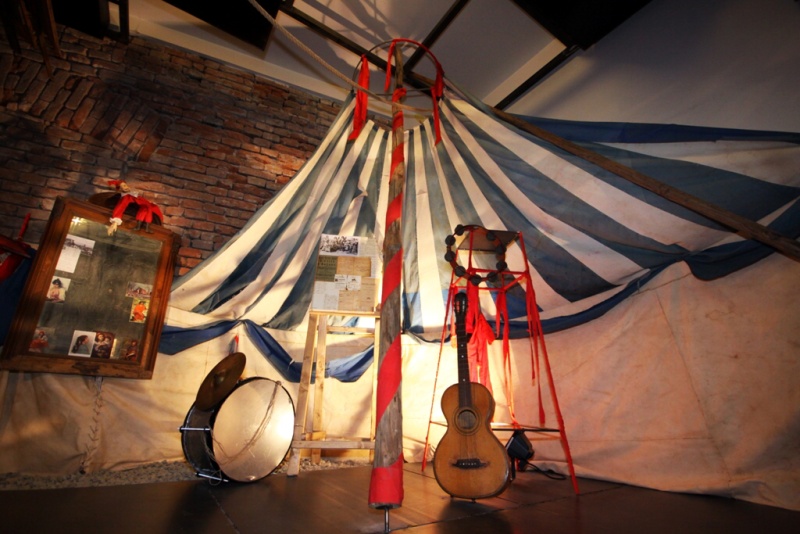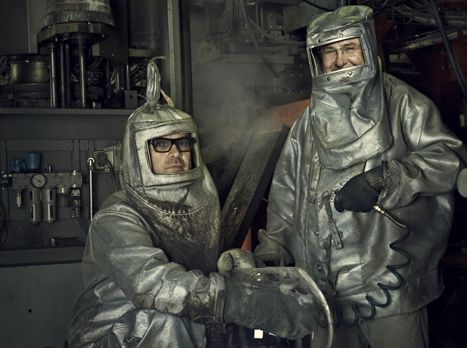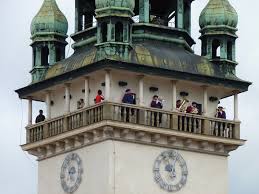Romani life in colour

A number of recent articles in the Radio Praha daily English newsletter describe the Czech Government’s purchase of a Communist era pig farm on the site where a concentration camp for Roma existed during WWII.
Between 1940 and 1943, Nazi Germany and its Czech collaborators imprisoned almost 1,300 Czech Bohemian Roma at the camp, located in Lety, a village 75 kilometres (50 miles) south of the capital Prague.
In all, 327 Roma, including 241 children, died from illness and the harsh conditions at the camp staffed by an ethnic Czech commander and guards. More than 500 were sent to Nazi Germany’s infamous Auschwitz-Birkenau death camp in occupied southern Poland.
There are similar statistics for the Hodonín camp where Moravian Roma were sent. As a result of these and other deportations the Czech Roma were almost wiped out in the Holocaust.
I knew very little about the Roma apart from the usual negative stereotypes, and the horrors of the Holocaust, so I decided to visit the Museum of Romani Culture at Bratislavská 67 in the heart of the Romani community in Brno.
The Museum has a permanent exhibition which traces the history and culture of the Roma from their origins in the Punjab region of India to the present, with particular emphasis on Czech Roma. It’s also a centre of research, a library, a cultural hub, and an after-school children’s club.
The exhibition reveals the great heterogeneity of the European Roma with respect to settlement, language, dialect, religion, occupation, custom, beliefs, and class. It is organized into a series of rooms with displays on the origins of the Roma, arrival and ‘settlement’ in Europe in the 14th and 15th centuries, traditional crafts and culture, their persecution, initially by the Church and then by all, the holocaust, and finally life during the communist era to the present.

The extent of the persecution that the Roma suffered throughout the centuries shocked me. It ranged from laws against their language and dress to slavery, expulsion, mutilation, and execution. In the Austrian Empire, Maria Therese ended this persecution in the mid-18th century. However, policies of assimilation and legal discrimination continued up to and during the First Republic and the Communist era. Harassment and prejudice continue to this day.
The presentation of the exhibition is striking. This is no dead museum with exhibits locked away in glass and wooden cabinets. Red, of course, is the dominant colour, the flooring is metal which evokes the traditional metal-working skills of the Roma, and there is vibrancy and movement everywhere in the hangings, posters, and exhibits. By contrast, the holocaust room is sterile and empty. “Its design echoes the shower rooms of concentration camps. Large sections of the walls are covered in white ceramic tile and there is not a noise you can make, no matter how quiet, that doesn’t reverberate extensively. It is effectively haunting,” says Beyond Prague.
Frequently called Gypsies because they often presented themselves as Egyptian Christians escaping persecution, the Roma absorbed local religions (Muslim and Christian) and cultures, especially music.

Flamenco has “gypsy” roots, as does Bulgarian wedding music and Hungarian folk music. The Roma have always been musicians and entertainers and there are many famous Romani musicians and actors. Have you heard of “gypsy jazz” and guitarist Jean “Django” Reinhardt from the Paris of the 1930s? Or Yul Brynner who, although he only had one Romani grandparent, identified as Roma and began his career playing guitar in Romani communities and as a trapeze artist. Then there is the Czech violinist Jožka Kubík, one of the few Moravian Roma to have survived the Holocaust – and, of course, the famous fictional stereotypically seductive characters of Carmen and Esmeralda.
The Museum has an excellent audio-guide. While sometimes an audio guide is frustrating because of a lack of detail compared to the exhibits, this is not the case here. There are more than 70 stops and it takes a couple of hours to really absorb all the information provided – but it’s well worth the effort.
Don’t miss this truly wonderful museum. Maybe you know more than I did but you will still come away with a greater understanding of the Romani people, their history, and their culture.

